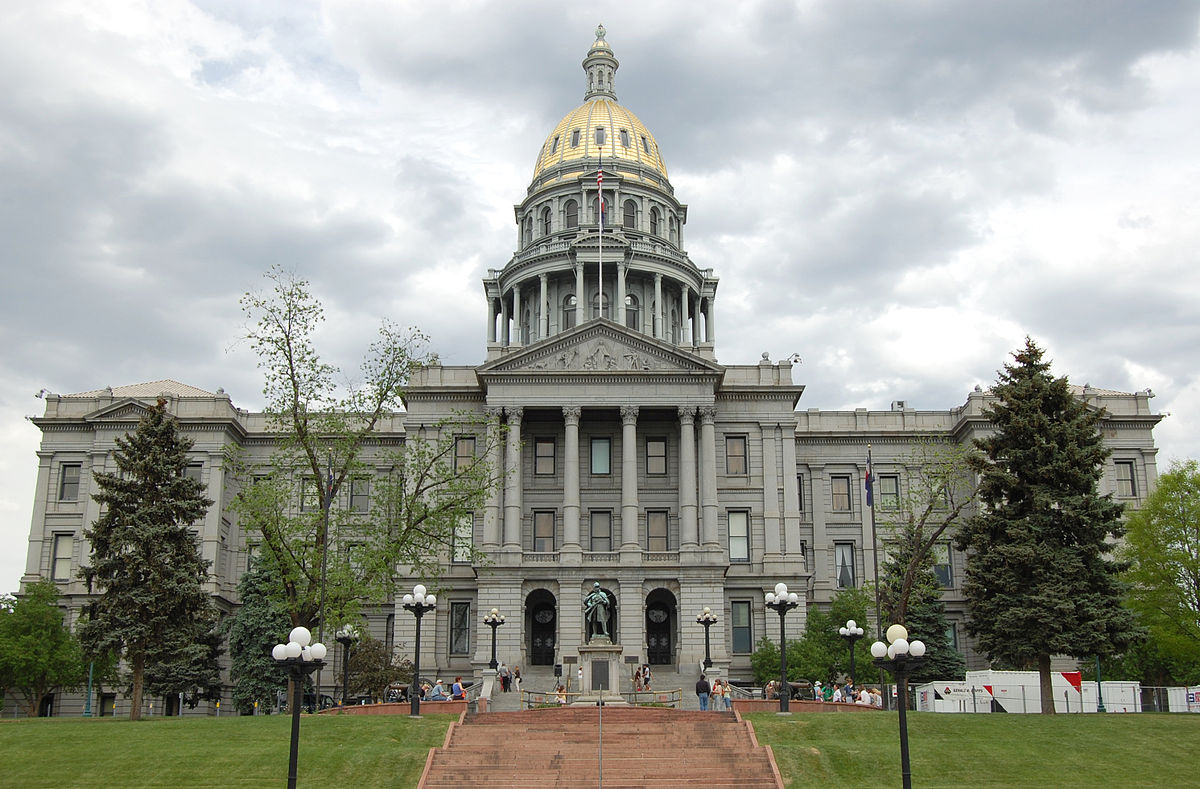While President Trump is claiming that Republicans provide glittering boom times and Democrats deliver economic disaster, Colorado and other blue states top the list of states with the lowest rates of delinquent mortgage loans, which is a key measure of economic well being.
Colorado beat all the other states, posting the lowest rate of delinquent mortgage loans. At the end of 2019, the Centennial State boasted the lowest rate of non-current loans with payments 30 or more days late (but not in foreclosure), at 1.74 percent of home loans in trouble, according to Black Knight Mortgage Monitor Report.
The other best-ranked states with the fewest troubled home loans more often than not were dominated by Democrats: Washington state (1.74 percent), Oregon (1.84), and California (2.01). The only GOP dominated state in the best five was Idaho at 1.91 percent troubled loans.
The majority of the worst states are led by Republicans: Arkansas with 6.07 percent of outstanding loans delinquent, Alabama with 6.53 percent, West Virginia at 6.54 percent, and Mississippi with the worst showing, 9.99 percent. Louisiana has divided rule, and posts a 7.58 percent troubled loan rate.
And GOP-led Mississippi also posted the worst showing in unemployment, with a 5.7 percent jobless rate, two percentage points more than the national average.
Near the top of the list of states with the lowest unemployment is Democratic-led Colorado, which boasted a better, lower unemployment rate—2.5 percent—in December than 45 out of the 50 states. That’s a full percentage point less than the national jobless rate of 3.5 percent at yearend.
Another traditionally Republican state that flipped from GOP to Democratic control of the General Assembly is the commonwealth of Virginia. The governor, lieutenant governor, attorney general and both U.S. senators are Democrats, meaning the capital of the Confederacy is now deep blue. And Virginia enjoyed a 2.6 percent unemployment rate, among the best 10 states.
Yet, Trump asserts repeatedly that Republicans, by cutting taxes and regulations, are responsible for the economic expansion. For example, he trumpeted that “we’ve accomplished an economic turnaround of historic proportions,” according to the Poynter Institute’s Politifact.
But Trump ignores these numbers as he portrays the nation in an economic nirvana heading toward the November presidential nomination. And Trump’s White House has extolled the 6.4 million jobs created since he was elected.
He also fails to credit the Federal Reserve with guiding the U.S. economy through the longest economic expansion in the nation’s almost two-and-a-half century history. Even though the Fed has cut interest rates as insurance against any potential recession, Trump doesn’t thank the central bankers but instead lambastes them for not cutting interest rates faster, further.
Much closer to reality are statements from Sen. Bernie Sanders (I-VT), who decried the poor-quality jobs held by many Americans, saying they are underpaid.
“Unemployment is low but wages are terribly low in this country,” Sanders said. “And many people are struggling to get the health care they need to take care of their basic needs,” he added, speaking to the Los Angeles Times editorial board.
He pressed the issue in an ABC interview, saying, “When you talk about good economy … talk to the workers who are making $9 an hour or $10 an hour.”
Just having a job in the Trump economy doesn’t mean that a worker’s needs are met, the senator said, adding that “the truth is that half of the people in this country today, despite the good economy, are living paycheck to paycheck — and millions of people are working two or three jobs just to put food on the table.”




